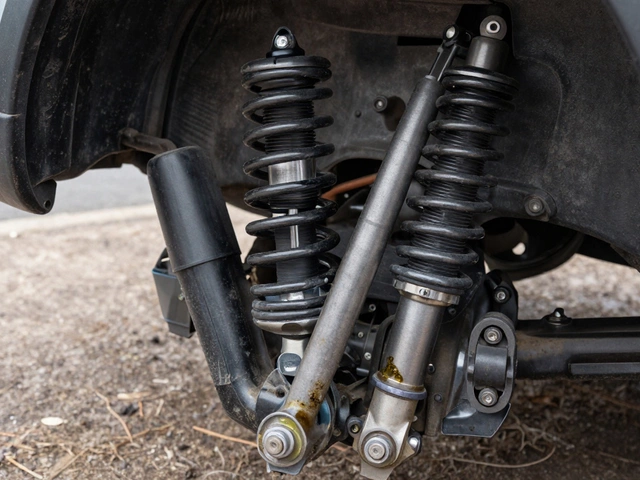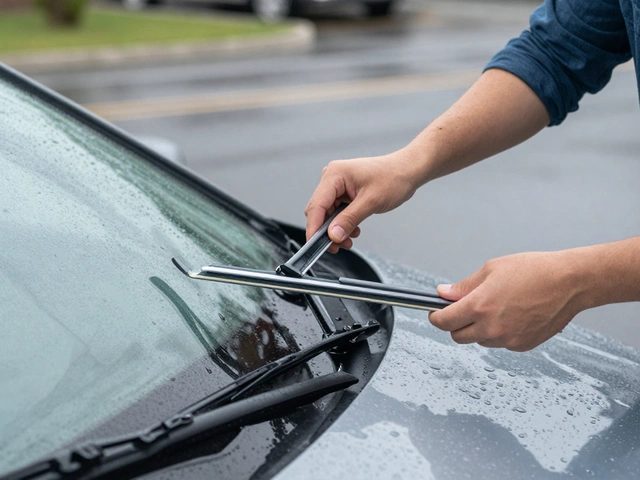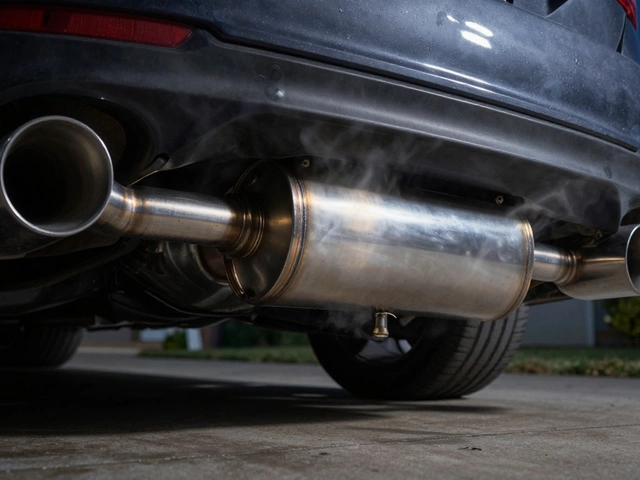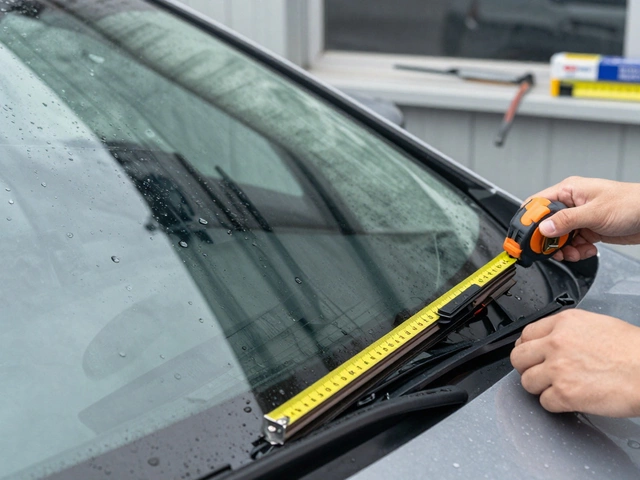Car Handling: Signs, Causes, and How to Fix Common Issues
When your car handling, how your vehicle responds to steering, braking, and road conditions. Also known as vehicle dynamics, it's not just about comfort—it's about safety and control. If your car feels loose, wobbly, or pulls to one side, you're not imagining it. Something in the suspension, brakes, or steering system is failing, and ignoring it can turn a small repair into a major accident.
Bad shock absorbers, components that control how your tires stay in contact with the road are the most common culprit. They don’t just make the ride bumpy—they let your tires bounce instead of gripping. That means longer stopping distances, especially in rain. You’ll know they’re worn if your car dives when braking, sways on corners, or bounces after hitting a bump. Then there’s brake rotors, the metal discs that brake pads clamp onto to stop your car. Warped or worn rotors don’t just squeal—they cause steering shake at highway speeds, making your car feel like it’s vibrating through the wheel. And let’s not forget suspension problems, the entire system that connects your wheels to the frame. Broken bushings, worn control arms, or loose ball joints can make your car drift, wander, or feel disconnected from the road.
These issues don’t show up all at once. A slipping clutch might make you think your engine is dying, but it’s the suspension that’s letting your tires lose grip. A bad fuel pump won’t make your car pull left—but worn shocks will. That’s why car handling isn’t about one part. It’s about how everything works together. If your steering feels heavy, your tires are wearing unevenly, or you’re constantly correcting your lane position, you’re not just driving poorly—you’re driving dangerously.
You don’t need a garage full of tools to spot these problems. A simple bounce test on each corner tells you if shocks are dead. A visual check for cracks or leaks in the suspension can catch problems early. And if your brakes feel spongy or your steering wheel shakes, you’re already overdue for a look under the hood. The good news? Most of these fixes are straightforward—and far cheaper than replacing a totaled car because you waited too long.
Below, you’ll find real-world guides on exactly what to check, when to replace parts, and how to avoid being upsold. From diagnosing bad shocks to understanding if your rotors can be saved, these posts give you the facts—not the fluff. No guesswork. Just what works.





